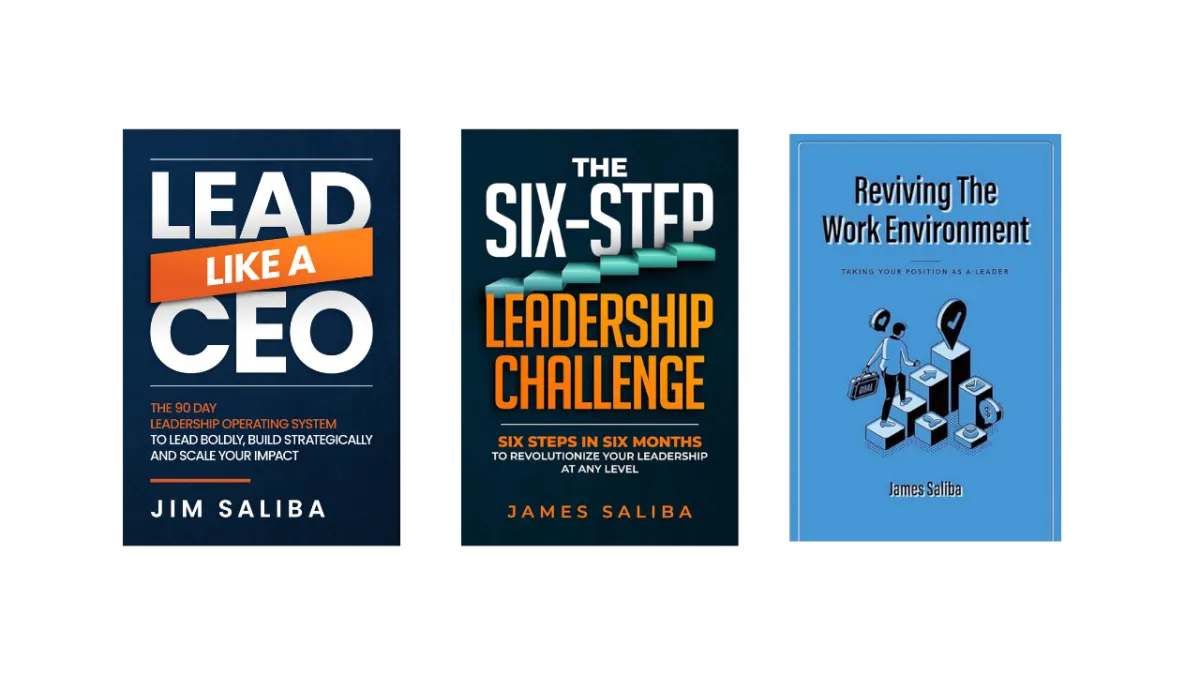Insights for Real-World Leadership
Straight talk and proven strategies for leaders who are done babysitting and ready to lead at the next level.

How My Client Transformed Her Leadership Team by Running Simple Experiments
There I was, standing at the edge of yet another leadership team meeting. It wasn’t my first rodeo, but this one felt different. You know that moment when you realize you’ve been solving the same problem for months, maybe even years, and it’s still there, staring at you like an uninvited guest? Well, that was my Monday morning.
So, I decided to try something radical. I ran an experiment.
That’s when I channeled my inner nerd. You see, this is where I think of leadership as a science lab, and you as the mad scientist.
Let me explain (brace yourself for some geekery): At its core, science is about structured curiosity—testing, learning, and adapting. It’s about trying things out, seeing what happens, and then tweaking along the way. You start with a hypothesis, gather data, and use it to adjust your approach. Now, I know this sounds like something out of a high school chemistry class, but here’s the thing: it works just as well in the boardroom as it does in a lab.
Now, you might be thinking, “Jim, this sounds nice, but I’m not leading a science project—I’m leading humans!” True. But if you approach leadership as a series of small, controlled experiments, you’ll find that it’s not only possible to create change—it’s inevitable. You’ll uncover what actually works (and doesn’t) faster, and you’ll do it in a way that gets your team excited instead of terrified.
Why Leaders Need to Experiment (Seriously, Why Aren’t You Already?)
Let’s be blunt: if you’re not experimenting, you’re not leading—you’re just managing the same old stuff in a different wrapper. And here’s the snarky reality: If you’re not testing, you’re guessing. And guessing isn’t a strategy.
Experiments create a culture of action. They shift the mindset from “we’ve always done it this way” to “what’s possible if we try something different?” They break inertia, inject energy, and turn uncertainty into opportunity. If you’re serious about change, experiments are the most effective tool in your leadership toolkit.
A Real-World Experiment in Progress
Let me tell you about a client I’m working with right now. She’s been brought in to lead a massive transformation—think shifting a cruise ship, not a kayak. Her team is a mix: some strong performers, some adaptable folks, and a few stuck in a time warp. Their favorite phrase? “But this is the way we’ve always done it.”
Her challenge? To build a team that’s not only self-reliant but also fully aligned with what I call the “cadence of accountability.” It’s not just about doing things differently—it’s about creating a rhythm of goal-setting, checking progress, and owning results.
So, what’s she doing? She’s running experiments—restructuring meetings, tweaking communication styles, and shaking up how feedback is delivered. It’s not revolutionary, but it is effective. Change is happening, one small, controlled experiment at a time.
3 Experiments You Can Run Right Now
1. The Cadence Kickstart
Transform your weekly status meetings using the Account, Review, Plan structure outlined in my book, but with a twist: timebox them. Set a strict 5-minute limit per person to keep things moving and ensure everyone gets a turn.
Here’s the format:
Account: Each team member shares what they achieved over the past week, focusing on clear, measurable outcomes.
Review: They discuss any challenges or obstacles encountered, inviting quick feedback from others.
Plan: They outline their goals for the coming week, highlighting specific support they might need.
What to expect: This format promotes transparency and accountability while keeping meetings efficient. As the leader, watch for alignment between each person’s “Plan” one week and their “Account” the next. You’ll quickly see who’s making real progress and who’s stuck in wishful thinking.
Hint: Feeling ambitious? Try this as a daily 15-minute stand-up to boost alignment and maintain momentum.
2. The Question-Only Meeting
In your next meeting, resist the urge to make any statements. Instead, focus solely on asking open-ended, non-leading questions.
Examples include: “What risks are we overlooking?” or “What’s the most out-of-the-box solution you can think of?”
What to expect: This experiment shifts the dynamic from leader-centered to team-driven. It encourages deeper thinking, puts the responsibility on your team to own the conversation, and can bring unexpected insights to light.
3. The Cross-Team Connection
Choose a key project and require your team members to involve at least one colleague from another department for input or collaboration.
For example, if marketing is working on a new campaign, have them consult with product development. If it’s an IT update, bring in someone from customer service to offer user perspectives.
What to expect: This experiment breaks down silos and fosters cross-functional collaboration. It encourages team members to think beyond their usual roles, understand broader impacts, and share accountability across functions.
Why Experiments Are Your Best Bet for Change
Here’s the deal: if you’re not experimenting, you’re just treading water. Experiments help you move from guessing to knowing. They create a culture where trying something new isn’t just allowed—it’s expected. And that’s how real change happens.
So, stop being the historian of how things have always been done and start being the mad scientist of what could be done. Choose one area, one idea, one meeting this week, and just see what happens.
The Takeaway: Be the Scientist, Not the Scribe
Because real leaders don’t just adapt to change—they create it, one experiment at a time.
Leaders Who’ve Made the Shift
Michael R., Senior VP

“Jim did more in two sessions than my last coach did in six months.”
(Translation: Jim doesn’t waste your time.)
Karen H., Senior VP

“Jim made it easy to focus on the real leadership challenges.”
(Translation: No fluffy theories. Just real talk and results.)
Ashly N., Director

“Within 15 minutes, I knew I’d made the right decision.”
(Translation: You’ll know fast if Jim’s your coach.)
Stop Acting Like the Chief Fire Extinguisher.
Start Leading.
You know the endless approvals, babysitting, and check-ins aren't real leadership. Let's fix that.
© 2025 James Saliba Inc. • All Rights Reserved • Helping Tech Leaders Lead Strategically Without Firefighting • Terms & Conditions


